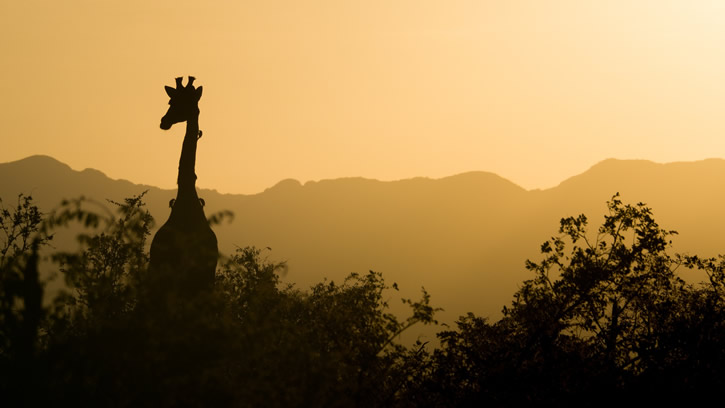People travelling as individuals or groups to other locations, with the sole aim of performing religious rites,
qualify to be termed tourists. Pilgrimages to Israel, Saudi Arabia and India by Christians, Muslims and Hindus
are about the most popular. However, numerous others abound, such as to Tibet, Nigeria, Ethiopia, etc.
Adherents go to great extents to visit religious hot spots; for rejuvenation, worship, re-affirmations,
consultations, solutions, testimonies, redeem vows, offer sacrifices, receive physical healings and for
a mirade of other reasons.
These journeys could be short or long term, financially encumbering, physically exhaustive and time consuming. The spiritual Benefits that translate into accomplishments turn these inconveniences to sought after endeavours.
The African continent has come of age as a pot pourri of sorts in the diversity of these sites.
Traditional deities of the multi-ethnic population is home to uncountable gatherings on the second
largest of the seven continents of the world.
The strong case for the continent is in Christian meetings/visits and traditional worship and festivities.
Periodical congregations that boast of upward to 150,000 people at single meetings that could last for
days have become a common occurrence.
Let us gain insight into some:
Timket celebration.
An Orthodox Christian festival held yearly in Ethiopia on the 19th day of January; in commemoration of
Jesus Christs’ baptism by John the Baptist. It is held most prominently and completely in Gondar city church,
Africas’ Camelot!
Preparations for the body of water to be used precedes the commencement of the main festival. This is
known as ‘ketera’. Arks of Covenant are also ceremonially prepared by the high priest on the eve.
Prayers are held till the early hours of the day of celebration. Rituals include ‘kidan’ (morning prayer)
and ‘kidasie’ (the mass); blessing and sprinkling of the water on followers. Some go ahead and submerge
themselves inside the holy water, symbolizing their baptism as Jesus did in the Jordan river at Israel
over 2000 years ago.
They return to their churches in jubilant procession accompanying the Tabots (Ark of Covenant).
LALIBELA – 12th century creation of King Lalibela are the mesmerizing churches hewn deep into rocks.
In a bid to build a new Jerusalem, as he was informed of the fall of Jerusalem in Israel to Muslims in 1187.
The king sought the intervention of angels from heaven to craft out columns, doors, windows.
These churches are actually still open for worship even as they act as flourishing tourist sites in Ethiopia.
Distinctly set apart for its religious fervor and unique architecture; this UNESCO Heritage site is
Reminiscent of the old and contemporary Orthodox Christian worship and history.
Part Two will be the concluding part of this article.

